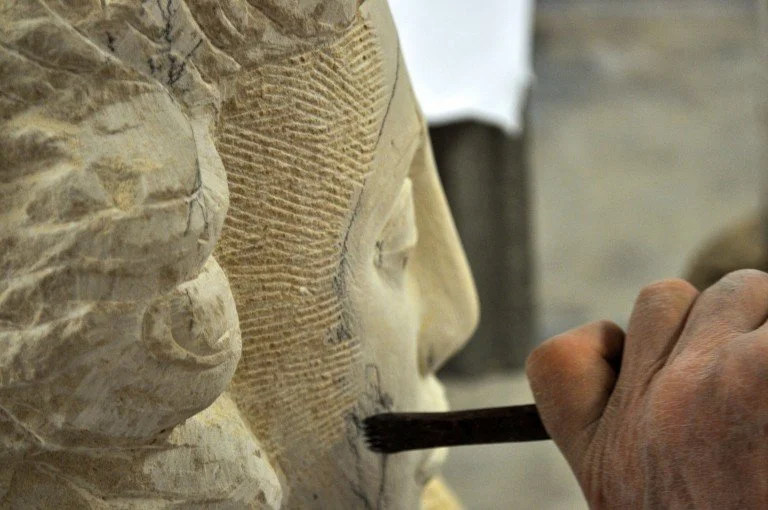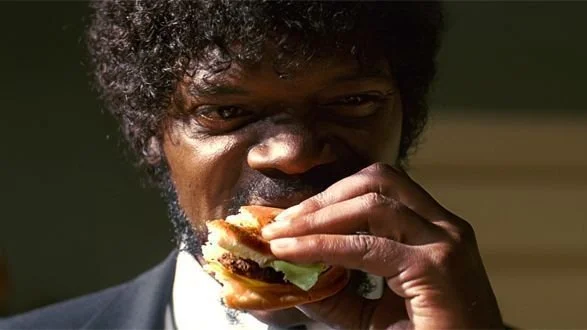Accountability in Education: How parental messages create the greatest obstacle to child growth. (Part 1)
The sins of the father are to be laid upon the children. - William Shakespeare, The Merchant of Venice
I know that the title of this post can be read rather harshly; as a quick, potentially corrective measure, I am not implying “obstacle” as a negative. Obstacles are wonderful and necessary. Here is more a connection between the power of parental influence upon their children and the subsequent direction of growth and development of the children themselves.
We don’t always consider the full impact that we have on our progeny. As traditional humans, we take credit for the “positive” characteristics our children display and either blame the other half of their DNA or completely rug-sweep the “negative” ones. In some cases, it is not simply a matter of the apple not falling far-ly, but the tree itself not wanting to shed its fruit.
@leohayden
I sit in a unique position to experience this phenomenon, and it forces me to constantly evaluate messages being sent to children, especially the 11-15 year-olds who are beginning to form their identities in the bigger world. I am a traditional parent, a co-parent, a step-parent, and an educator. It is my job, my duty, and my passion to help provide scaffolding for personal development of young people into the greatest version of themselves, sometimes despite me, sometimes despite their parents. It is another harsh statement, but one that requires some reflection.
This reflection brings us Part 1 of this post.
PART 1
The Paradox of the Educational Service Industry
Is the customer always right? Is the parent always right?
The first acknowledgement must come as a truth my mentors shared with me when I began my teaching career. They reminded me that, in a private institution, I am dealing with people’s money and their kids which, in no particular order, are probably the two most important things to them. This I can respect and take no issue. Often the vortex created by these two treasures becomes the impetus for enrolling children into a private educational program. For this I will forever be grateful because the “product” that I provide does come with a price tag. I am constantly motivated to deliver the highest quality product that I am able, and it is not unreasonable to seek compensation. But this artform takes some finessing.
A metaphor:
An artisan loves creating sculptures. He considers himself a sculptor. He finds himself “sculpting” in all aspects of his life and he understands that he can always become an even better artist. He recognizes a greater need for good sculptures and thus takes advantage by placing himself in the market. He knows what he provides is better than what the general market of sculptors is producing, and he confirms this with his product, and a price tag he feels appropriate. People seeking his service and recognizing his skill are happy to make this investment. However, instead of using his own raw materials, those seeking his sculpting services bring the materials to him and say “make this beautiful art”. Sometimes they bring a wonderful brick of clay, sometimes they bring him a pot full of sticks and dirt, but they engage in this transaction because they know that his passion will drive his profession to creating the best sculpture he can, and he does. Sometimes it takes shape immediately, sometimes it takes more effort, more struggle, more resources, but he always finds a way because he loves his work and he cares about his sculptures.
Now, we are within the “educational service industry”, where people’s money and children are involved. These are “present tense” children, not the “future progressive tense” children that should be considered. Parents often see the “right now” of their child’s needs at the expense of the “future demands” of their child as a member of society later in life, and what that looks like as needs right now. Who should have that insight? The educators of course. Herein lies the paradox of the educational service industry:
Trained and experienced professionals are serving a clientele that “knows best”.
Now there are clearly multiple parties involved in this transaction. There are different goals, different processes to reach those goals, and oftentimes conflicting influences and contradictory approaches. Nothing that open and honest communication from the start can’t overcome. But if someone brought a lump of clay to our sculptor, and paid his fee, should he then incorporate their demands into his process? Granted he may ask them what they “had in mind” or “would like to see”, but beyond that, should his training, his experience, his art, be prisoner to their demands?
Education specialists must stay in business to be able to help more children. Behind the scenes there is a battle raging between personal/professional ethics and paying bills. But this transactional paradox seems to boil in the education field. There are a plethora of options, from traditional public school, to parochial schools, to private institutions, to home schooling, or, in our case, full-time tutoring programs for homeschooled children. If there is a drastic discrepancy between philosophies or valuation of the service, there are plenty of other options.
A metaphor:
A man wants a hamburger. He can go to Fast Food A or Fast Food B. Fast Food A charges $5 for a hamburger, while Fast Food B charges $7. The man chooses Fast Food B, but proceeds to demand they make it like Fast Food A. He then proceeds to take bites out of his Fast Food B burger, all the while complaining how it isn’t Fast Food A’s, then refuses to pay.
No one actually thinks this is how it works, right…right? While offering a unique product in the market, differentiation is essential: it is marketed as such, it is built as such, and it is billed as such. Unfortunately, in the “have it your way” philosophy that has been created and encouraged, entitlement has overflowed to believing one has the right to make any product “their way” to the extent of asking carbonara to be more like Spaghetti-O’s. (No offense intended).
Sometimes, this stains worse than tomato sauce in Tupperware, which leads us to Part 2…



